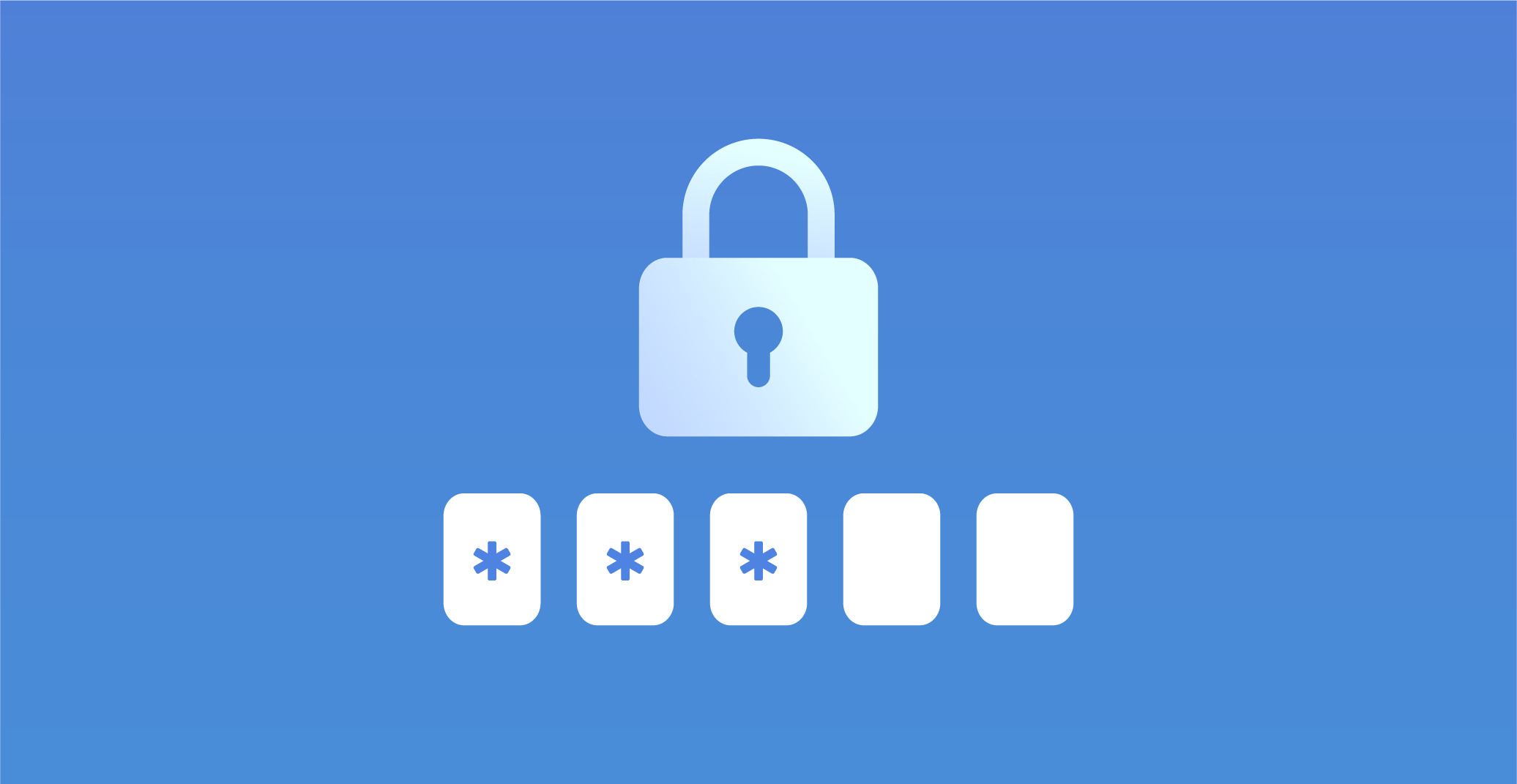
In today's fast-paced digital environment, securing online accounts has become more crucial than ever. One-time passwords (OTPs) stand out as a robust layer of security, safeguarding users from potential cyber threats. But what exactly are OTPs, and how do they function to protect our digital identities? One-time passwords are unique codes sent to your mobile device or email, used for a single login session or transaction, making them much harder for hackers to exploit. This introduction will guide you through 20 fascinating facts about OTPs, shedding light on their importance, how they're generated, and their role in enhancing online security. From their use in multi-factor authentication to their application in banking and e-commerce, understanding OTPs is essential for anyone navigating the digital world.
What is a One-Time Password (OTP)?
A one-time password (OTP) is a unique code sent to a user's mobile device or email, valid for only one login session or transaction. This security measure adds an extra layer of protection beyond just a username and password.
-
OTPs are typically composed of 4 to 8 alphanumeric characters, ensuring a wide range of possible combinations that make them hard to predict.
-
Unlike static passwords, OTPs are not vulnerable to replay attacks. This means if someone intercepts your OTP, they can't use it again to gain unauthorized access.
How Do OTPs Work?
When you attempt to log in or conduct a transaction, the system generates an OTP and sends it to your registered mobile number or email address.
-
You must enter this OTP on the website or app to proceed. This process verifies that the person attempting to access the account is in possession of the registered device or email account.
-
OTPs often have a short expiration time, usually ranging from a few minutes to an hour, which minimizes the window for potential misuse.
Benefits of Using OTPs
OTPs offer several advantages over traditional password systems, enhancing security for both users and service providers.
-
They significantly reduce the risk of account takeover attacks, as acquiring a user's static password is not enough to gain access.
-
OTPs are easy to implement and use, requiring no additional hardware for users, as most people already own a mobile device capable of receiving SMS or emails.
-
This method also deters phishing attempts, as the dynamic nature of OTPs makes it difficult for attackers to trick users into revealing their passwords.
Common Methods of Delivering OTPs
There are several ways to deliver OTPs, each with its own set of benefits.
-
SMS-based OTPs are the most common, sent directly to the user's mobile phone. This method is widely accessible but can be susceptible to interception or SIM swap attacks.
-
Email-based OTPs are another option, sent to the user's registered email address. While more secure from SIM swap attacks, they rely on the user's access to their email account.
-
Authenticator apps generate OTPs without the need for network connectivity, offering a more secure alternative by eliminating the risk of interception.
-
Hardware tokens, though less common, provide a physical device that generates an OTP at the push of a button, considered one of the most secure methods available.
Challenges and Considerations
While OTPs enhance security, they are not without their challenges.
-
Users may face issues if they lose access to their registered mobile device or email account, making it impossible to receive the OTP.
-
In some regions, network connectivity issues can delay the delivery of SMS-based OTPs, potentially locking users out of their accounts temporarily.
-
Service providers must balance the security benefits of OTPs with the potential inconvenience to users, especially in scenarios requiring frequent logins.
-
The cost of implementing and managing OTP systems can be a consideration for businesses, particularly for SMS or hardware token-based methods.
Future of OTPs in Digital Security
As technology evolves, so do the methods used to secure digital identities.
-
Biometric verification, combining something you know (a password) with something you are (a fingerprint or facial recognition), is becoming more common, potentially reducing the reliance on OTPs.
-
Advances in encryption and secure communication protocols may offer new ways to deliver OTPs more securely and reliably.
-
The adoption of universal second factor (U2F) devices, which support multiple forms of two-factor authentication, including OTPs, is on the rise.
-
Despite these advancements, OTPs remain a vital part of multi-factor authentication strategies, providing a balance between security and usability.
-
As cyber threats continue to evolve, the role of OTPs in protecting online identities and transactions is likely to grow, adapting to new challenges and technologies.
A Final Word on One-Time Passwords
One-time passwords (OTPs) stand as a critical layer in securing our digital lives. They add that extra step of verification, making it tougher for unauthorized users to gain access. Whether it's for banking, social media, or any other online service, OTPs play a pivotal role in protecting personal information. Sure, they might seem like a bit of a hassle at times, but the peace of mind they offer is worth it. Remember, in a world where cyber threats are ever-evolving, staying informed and adopting robust security measures like OTPs can make all the difference. So, next time you receive an OTP, take a moment to appreciate the security it's providing. It's a small, yet powerful tool in our ongoing battle against cyber threats.
Was this page helpful?
Our commitment to delivering trustworthy and engaging content is at the heart of what we do. Each fact on our site is contributed by real users like you, bringing a wealth of diverse insights and information. To ensure the highest standards of accuracy and reliability, our dedicated editors meticulously review each submission. This process guarantees that the facts we share are not only fascinating but also credible. Trust in our commitment to quality and authenticity as you explore and learn with us.


